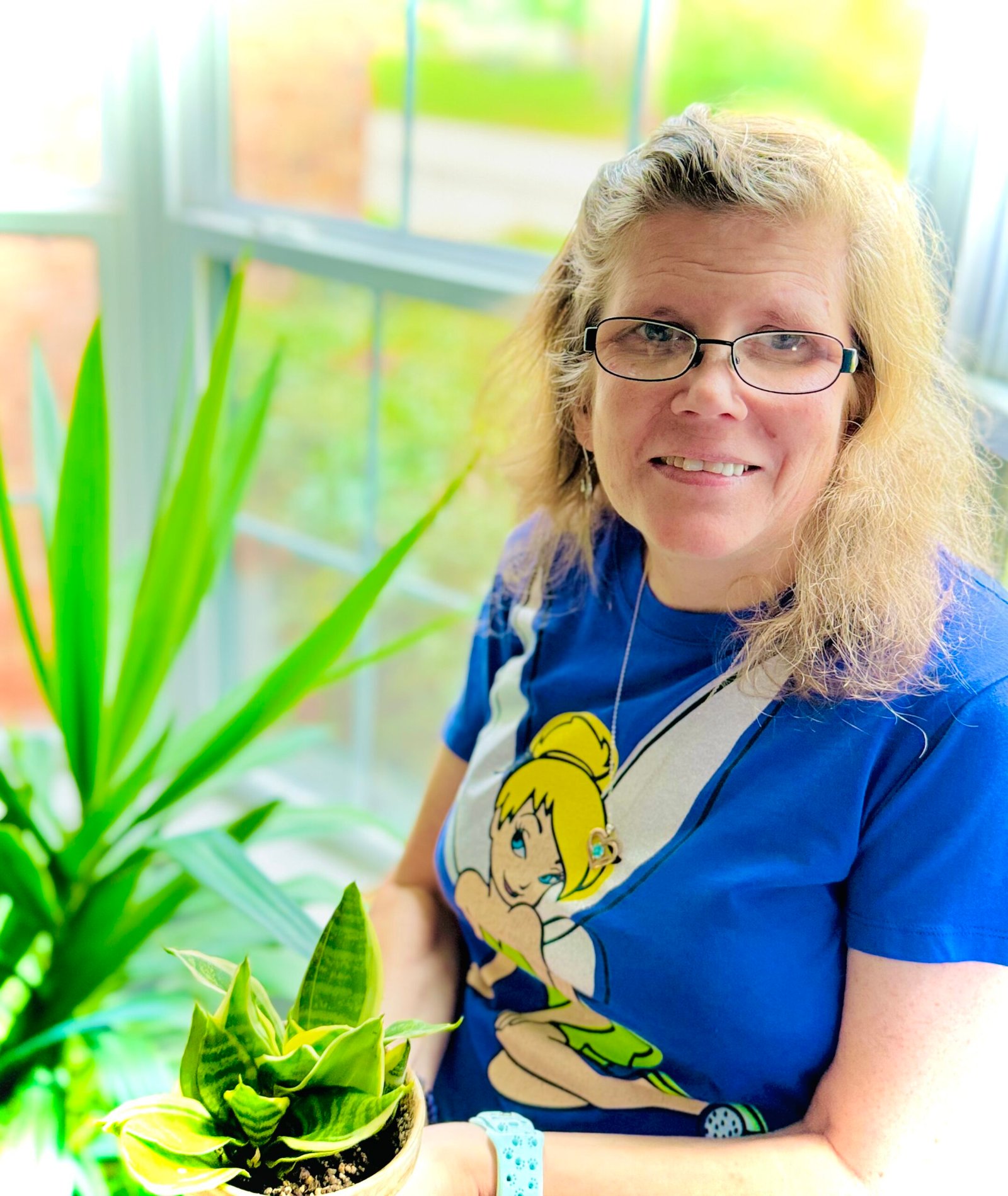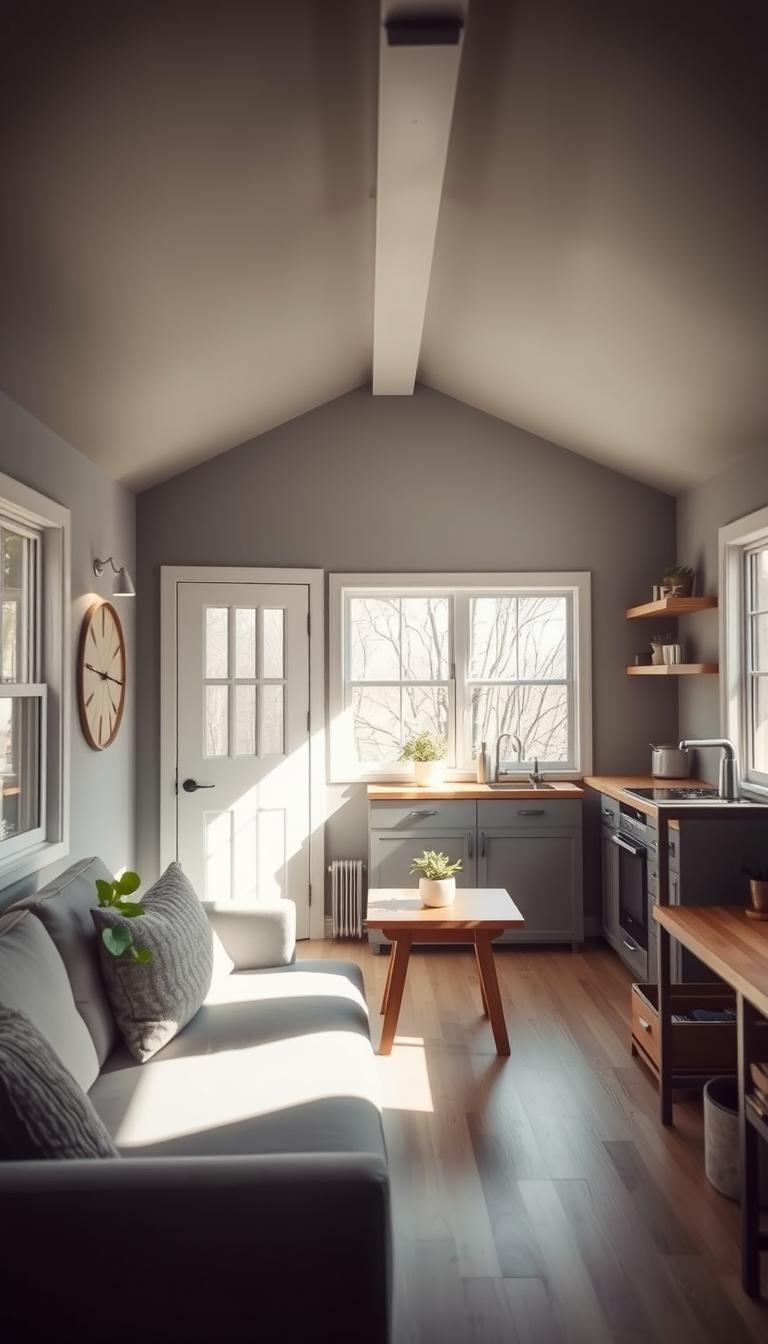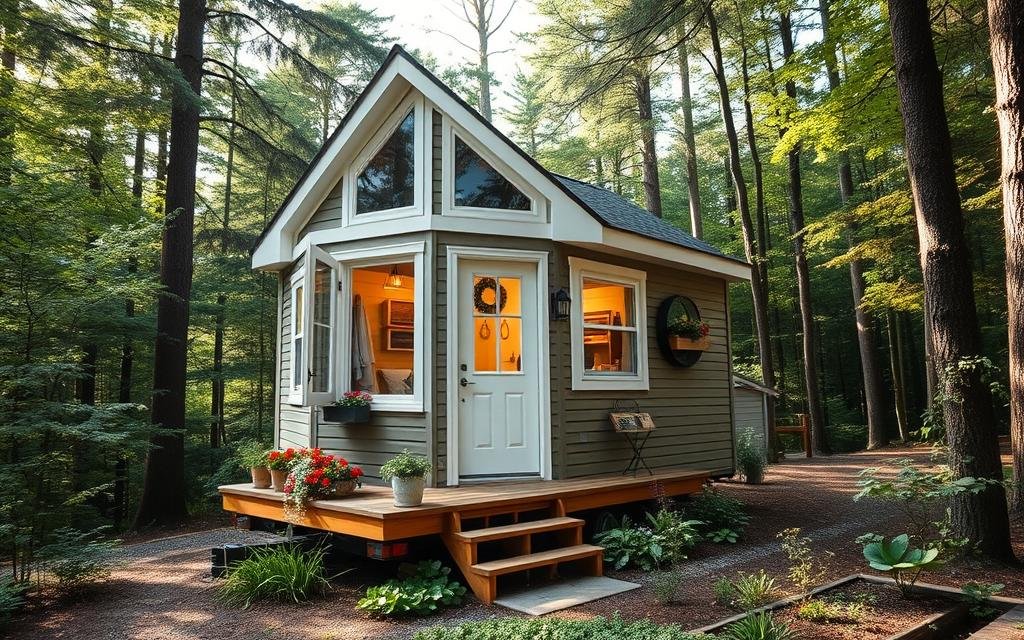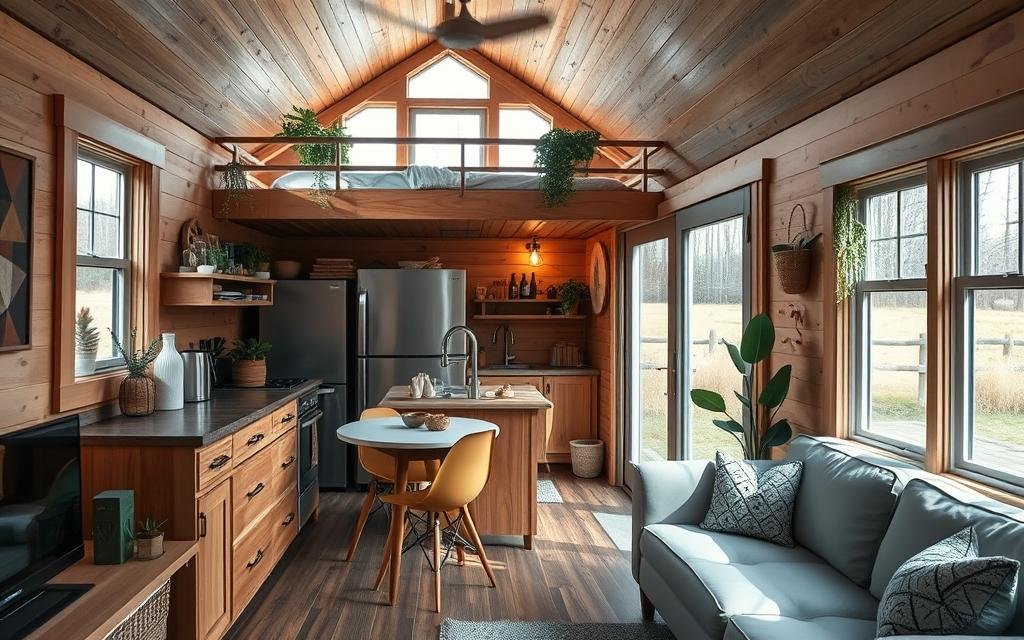Switching to compact living spaces sparks profound transformations in daily routines and priorities. Unlike conventional homes, these environments demand strategic decision-making about what truly matters. Every item must earn its place, and every habit gets reevaluated through the lens of functionality. This leads to an important question: What are the biggest lifestyle adjustments moving tiny?
What are the biggest lifestyle adjustments moving tiny? Understanding these shifts can enhance overall living experiences.
This journey mirrors the science of gradual habit formation. Small choices—like opting for multipurpose furniture or digitalizing books—accumulate into substantial life changes. Many discover that less physical clutter leads to clearer mental space, though the process requires patience during the initial adjustment phase.
Reflecting on what are the biggest lifestyle adjustments moving tiny can help with prioritizing essentials.
Through this journey, you may wonder what are the biggest lifestyle adjustments moving tiny and how they can benefit you.
Storage solutions become an art form in restricted square footage. Vertical spaces get utilized, and everyday items serve dual purposes. Cooking routines shift toward simpler meals, while cleaning becomes faster yet more frequent. Social interactions often move outdoors or to community spaces, fostering unexpected connections.
Financial freedom and environmental consciousness frequently emerge as unplanned benefits of this growth-oriented approach. The transition isn’t just about square footage—it’s about redesigning your relationship with possessions, time, and personal values.
Key Takeaways
- Compact living demands intentional ownership and space optimization strategies
- Daily routines adapt through incremental changes rather than overnight transformations
- Psychological benefits often outweigh physical limitations after the adjustment period
- Social patterns evolve to prioritize quality interactions over conventional hosting
- Financial and ecological advantages frequently surpass initial expectations
Adjusting to Tiny Home Living: What are the biggest lifestyle adjustments moving tiny?
Shrinking your living space triggers fundamental shifts in how you interact with environments. Unlike traditional homes, every decision carries weight—from where to store spices to how to host friends. This evolution demands rethinking basic assumptions about necessity and convenience.
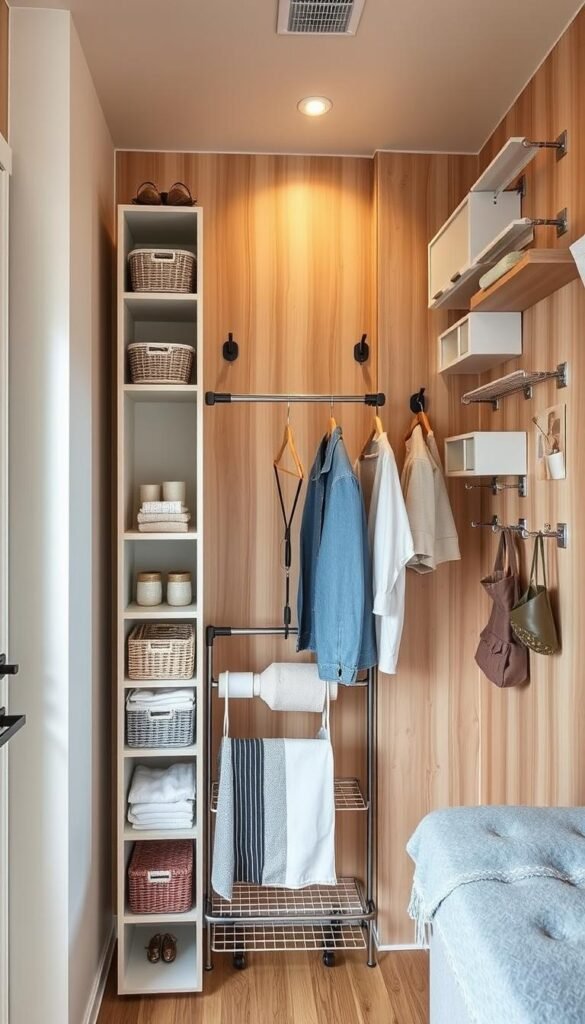
It’s essential to recognize what are the biggest lifestyle adjustments moving tiny to maximize your living space.
By examining what are the biggest lifestyle adjustments moving tiny, individuals can redefine their living experiences.
Space Reimagined
Consider what are the biggest lifestyle adjustments moving tiny when planning your new space.
Vertical storage becomes non-negotiable in compact dwellings. Walls transform into functional zones with hanging pots, fold-down desks, and lofted sleeping areas. Successful residents adopt a three-dimensional mindset, viewing height as valuable real estate rather than empty air.
| Area | Traditional Home Approach | Tiny Home Solution |
|---|---|---|
| Storage | Multiple closets & cabinets | Ceiling-mounted racks & under-floor compartments |
| Cooking | Full-sized appliances | Compact combi-ovens & magnetic spice walls |
| Socializing | Indoor gatherings | Expandable decks & park meetups |
Habit Overhaul
Daily changes are influenced by what are the biggest lifestyle adjustments moving tiny.
Identifying what are the biggest lifestyle adjustments moving tiny can lead to more effective living strategies.
Think about what are the biggest lifestyle adjustments moving tiny when organizing your time.
Daily rhythms adapt through micro-changes that compound over weeks. Dishes get washed immediately after meals, and clothes rotate seasonally into vacuum-sealed bags. The “one surface” rule emerges—if a countertop has items, they must be put away before new activities begin.
Meal prep shifts toward ingredient-focused simplicity. Pressure cookers replace oven roasts, while stackable containers dominate refrigerators. Social plans migrate outdoors, with fire pits and folding chairs becoming central to community building.
Embracing Micro-Habits for Daily Transformation
Adopting micro-habits becomes survival tactics in compact living. James Clear’s Atomic Habits research reveals how 1% daily improvements create exponential change—a principle amplified in limited spaces. Visual reminders and instant outcomes turn minor choices into foundational routines.
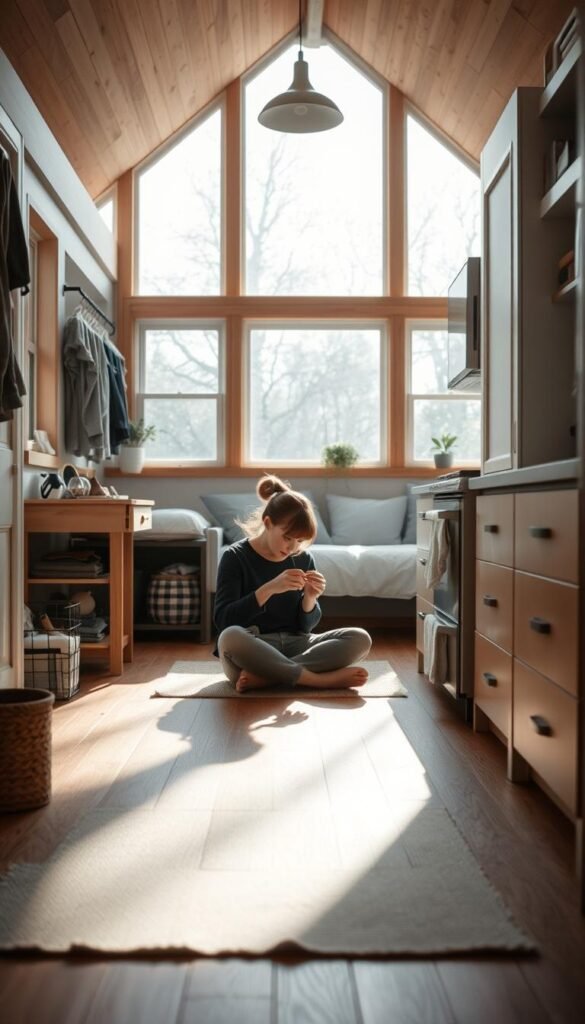
The Science Behind Tiny Habits
Every action triggers immediate consequences here. A coffee mug left out becomes spatial dominos. The habit loop—cue, craving, response, reward—works faster when walls double as organizational charts. Clutter appears quicker, making consistency non-negotiable.
Daily Actions That Create Lasting Impact
Morning bed-making sets the day’s tone. Dishes washed post-meal prevent sink avalanches. These micro-actions build spatial harmony through repetition. Transition rituals—like folding a desk into dinner mode—signal mental shifts between activities.
From Small Tasks to Big Rewards
Exploring what are the biggest lifestyle adjustments moving tiny helps to align your daily activities with your goals.
Energy conservation efforts show real-time results on utility meters. Water-saving routines visibly extend tank capacity. The reward? More funds for adventures and cleaner conscience. Over weeks, these patterns rewire priorities toward intentionality.
Compact dwellers report unexpected benefits: faster decision-making skills and heightened awareness of consumption cycles. The space itself becomes a habit coach, offering instant feedback on daily choices.
Designing Your Minimalist Environment for Success
Intentional space planning transforms limitations into functional beauty. Unlike conventional homes, tiny living demands that every design choice serves multiple purposes while maintaining visual calm. Research reveals that clutter-free environments reduce cortisol levels by 15%, making smart layouts essential for mental well-being.

Finding out what are the biggest lifestyle adjustments moving tiny can spark creativity in space usage.
Optimizing Space with Intentional Choices
To fully benefit from tiny living, it’s crucial to understand what are the biggest lifestyle adjustments moving tiny.
Successful compact living starts with a zone-first approach. Designate areas for cooking, working, and relaxing using visual cues like rugs or lighting. Foldable furniture mounted on tracks allows quick transitions between activities without sacrificing floor space.
Color palettes make a big difference in perceived spaciousness. Light-reflecting wall tones paired with vertical LED strips create depth. Storage becomes invisible through recessed cabinets and stairway drawers, turning obstacles into organizational assets.
| Design Element | Traditional Approach | Tiny Home Solution |
|---|---|---|
| Furniture Selection | Separate pieces for each function | Convertible items with 3+ uses |
| Storage Solutions | Standalone cabinets | Wall-embedded compartments |
| Color Schemes | Varied room-specific palettes | Monochromatic flow with texture accents |
The goal isn’t just saving space—it’s creating systems that support daily habits. A well-planned kitchen might position spices above the cutting board, merging storage with workflow. This strategic way of thinking turns potential frustration into streamlined efficiency.
Over time, these intentional changes rewire how residents interact with their environment. What initially feels restrictive becomes liberating, proving that smart design can expand living quality beyond square footage measurements.
Practical Shifts: Tiny Habits and Big Changes in Daily Life
Daily rhythms transform through intentional micro-actions in compact living spaces. These environments amplify the impact of small habits, turning five-minute routines into powerful catalysts for well-being. The connection between physical space and mental patterns becomes strikingly clear here.
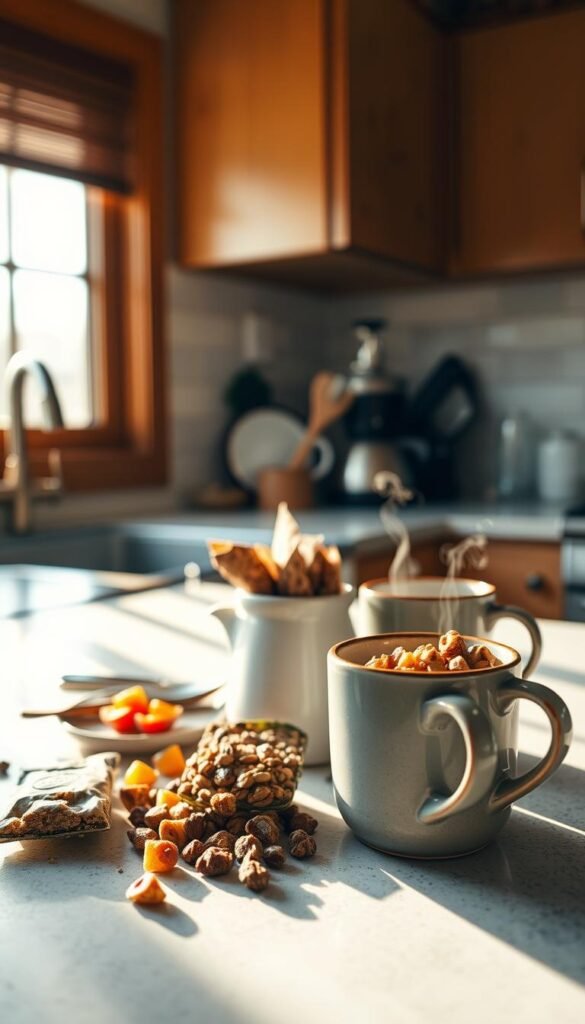
Morning Rituals and Movement Snacks
Waking routines set the tone in multipurpose spaces. A 3-step transition—making the bed, opening windows, and folding the desk—creates clear boundaries between sleep and work modes. These acts serve as visual cues for shifting mental states.
Movement snacks combat sedentary tendencies effectively. Tiny home residents often:
- Take stairs during errands
- Do wall push-ups while coffee brews
- Stretch during phone calls
Research shows three 5-minute activity bursts daily reduce stress by 27% compared to one gym session. The confined space encourages creative solutions like doorway pull-up bars or under-loft yoga mats.
Real-Life Success Stories and Habit Breakthroughs
Sarah Thompson, a Colorado tiny home owner, replaced her gym membership with resistance bands and park workouts. “The difference came from consistency, not equipment,” she notes. Her story mirrors findings that daily micro-workouts yield better results than sporadic intense sessions.
In conclusion, asking what are the biggest lifestyle adjustments moving tiny can summarize your journey.
| Activity | Traditional Approach | Tiny Home Adaptation |
|---|---|---|
| Yoga | Dedicated studio space | Foldable mat + loft clearance |
| Resistance Training | Weight racks | Anchor points on stair rails |
| Cardio | Treadmill | Step routines + outdoor hikes |
Embracing what are the biggest lifestyle adjustments moving tiny encourages a proactive approach.
Ultimately, understanding what are the biggest lifestyle adjustments moving tiny can lead to greater satisfaction in daily life.
Meal prep habits naturally evolve in smaller kitchens. Limited storage reduces snack hoarding, with many reporting weight management breakthroughs. “Seeing my pantry daily keeps choices intentional,” explains Texas resident Mark Chen.
These shifts demonstrate how compact living turns constraints into growth opportunities. The real reward? More time and energy for meaningful pursuits beyond four walls.
Conclusion
Adopting compact living reshapes life’s rhythm through intentional choices rather than sudden overhauls. The journey reveals its power gradually—what begins as spatial constraints often blossoms into mental clarity and unexpected growth.
Mental health improvements surface over weeks, with many reporting reduced stress from simplified routines. This approach thrives through small experiments: testing storage solutions for 3 days or swapping gym sessions for stair workouts. Resistance fades as results compound.
The environment itself becomes a feedback loop. Poor habits create instant friction, while good acts—like five-minute tidy-ups—yield immediate rewards. This constant cause-effect relationship strengthens focus on what truly matters.
Ultimately, the difference lies beyond square footage. Insights about consumption patterns and time management ripple into career choices and relationships. For those willing to embrace the process, compact living offers a masterclass in designing life around priorities rather than possessions.
